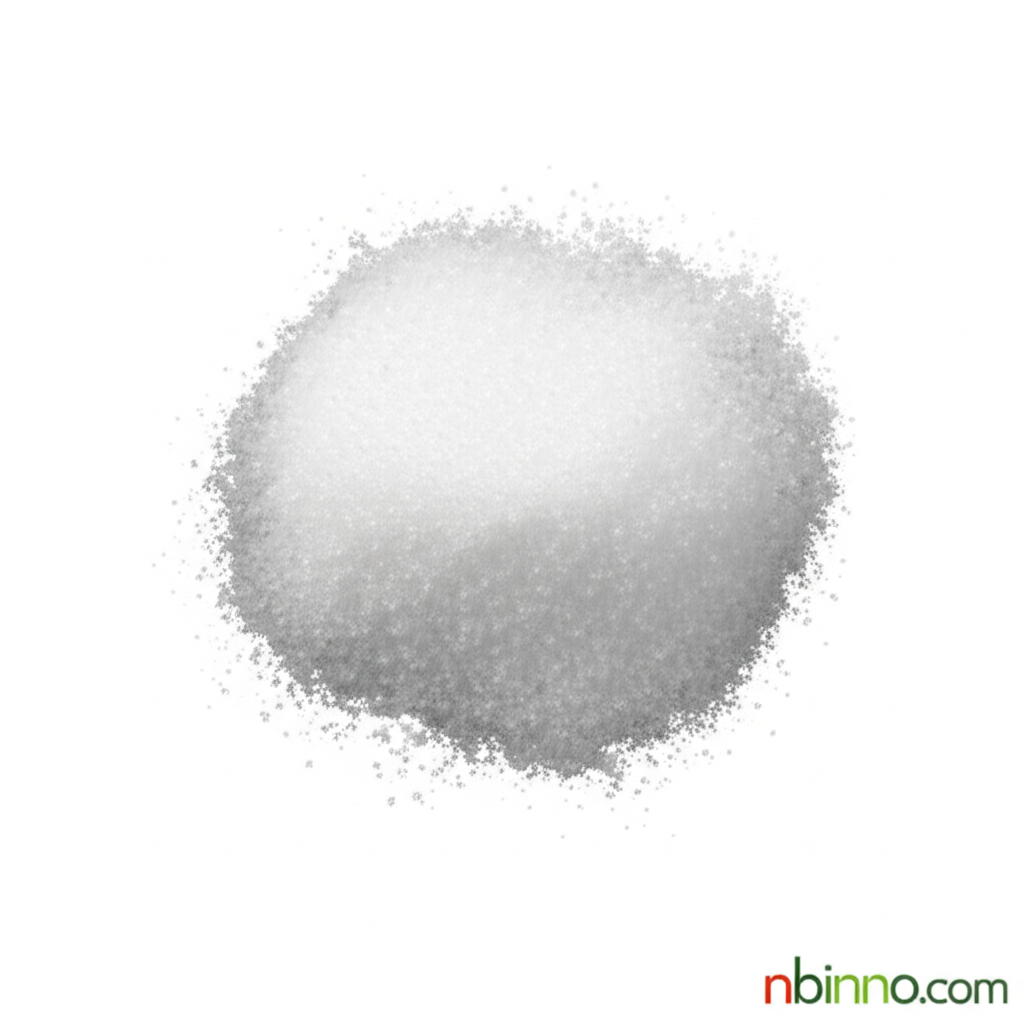High-Purity 4,7-Di(thiophen-2-yl)-2,1,3-benzothiadiazole for Advanced OLED Applications
Explore cutting-edge organic materials for brighter, more efficient light-emitting diodes.
Get a Quote & SampleProduct Core Value

4,7-Dithiophen-2-yl-2,1,3-benzothiadiazole
This advanced material serves as a key component in the development of high-performance organic light-emitting diodes (OLEDs). Its unique molecular structure, featuring a fluorene–thiophene–benzothiadiazole core, contributes to excellent photoluminescent quantum yields (PLQY) and tunable emission characteristics, making it ideal for vibrant red and orange light applications.
- Leverage the benefits of 4,7-dithiophen-2-yl-2,1,3-benzothiadiazole synthesis for next-generation display technologies.
- Achieve superior OLED performance with solution-processed emitters designed for efficiency and brightness.
- Utilize red fluorescent materials for OLEDs that offer high purity and consistent batch-to-batch quality.
- Explore organic semiconductor material science with this versatile benzothiadiazole derivative.
Product Advantages
Enhanced Thermal Stability
Experience improved device longevity and reliability due to the high thermal stability of these materials, with degradation observed only at temperatures above 360°C. This is crucial for demanding applications in advanced OLED emitter synthesis.
Tunable Emission Properties
The molecular design allows for fine-tuning of emission colors, particularly for red and orange hues, by modifying end-group functionalization. This versatility supports custom solutions in organic semiconductor material science.
Solution Processability
Facilitates easier and more cost-effective manufacturing processes for OLEDs and other organic electronic devices. This characteristic is vital for the widespread adoption of solution-processed optoelectronics.
Key Applications
Organic Light-Emitting Diodes (OLEDs)
Primary use as emissive materials in OLEDs, offering bright and efficient red and orange light for displays and lighting. Incorporating these materials contributes to advancements in next-generation display technologies.
Organic Field-Effect Transistors (OFETs)
The semiconducting properties make them suitable for use in OFETs, contributing to the broader field of organic semiconductor material science.
Organic Photovoltaics (OPVs)
Applicable in OPV devices, leveraging their electronic properties for solar energy conversion, a key area in solution-processable optoelectronics.
Advanced Material Research
Serve as building blocks for novel organic materials, driving innovation in fluorescent material research and development.
